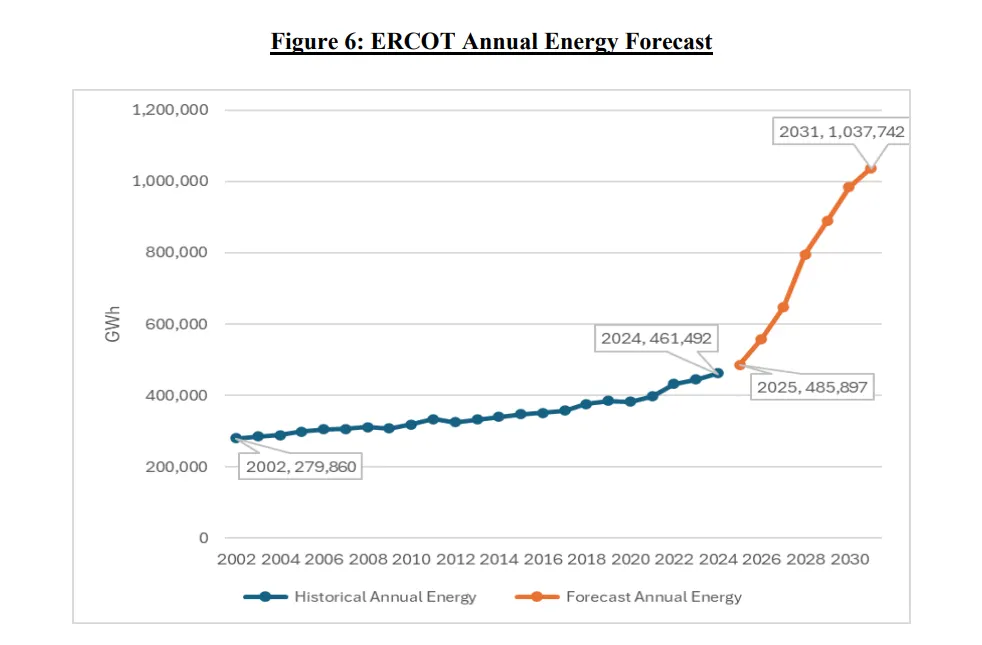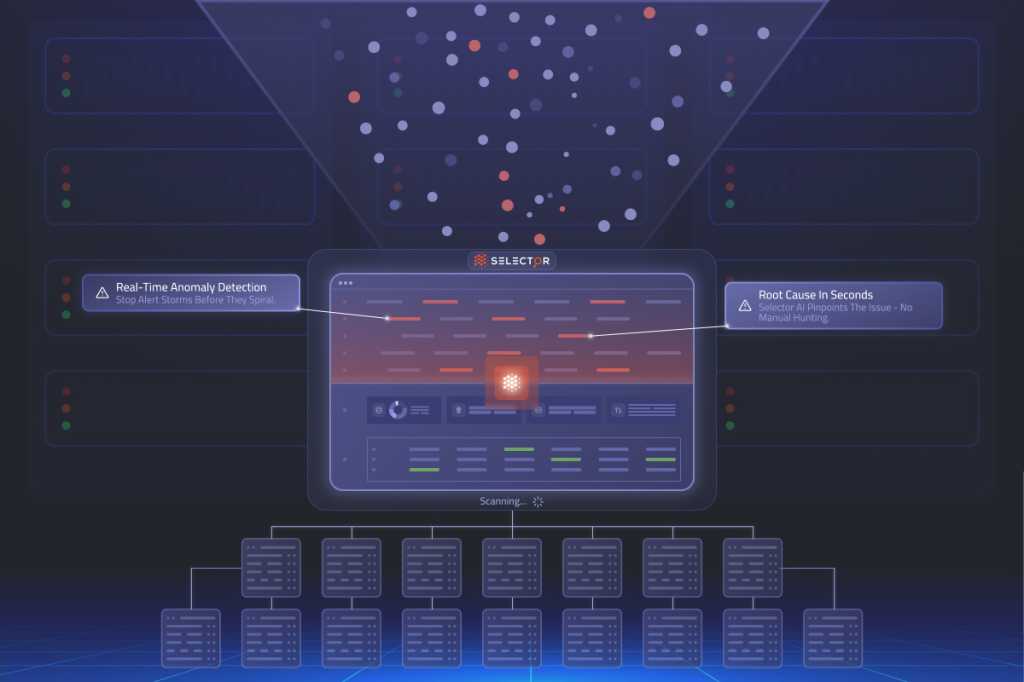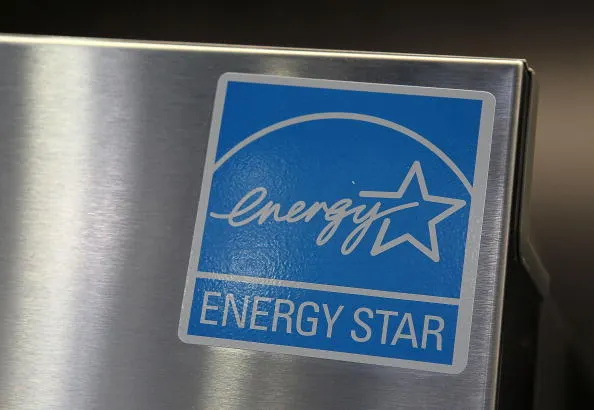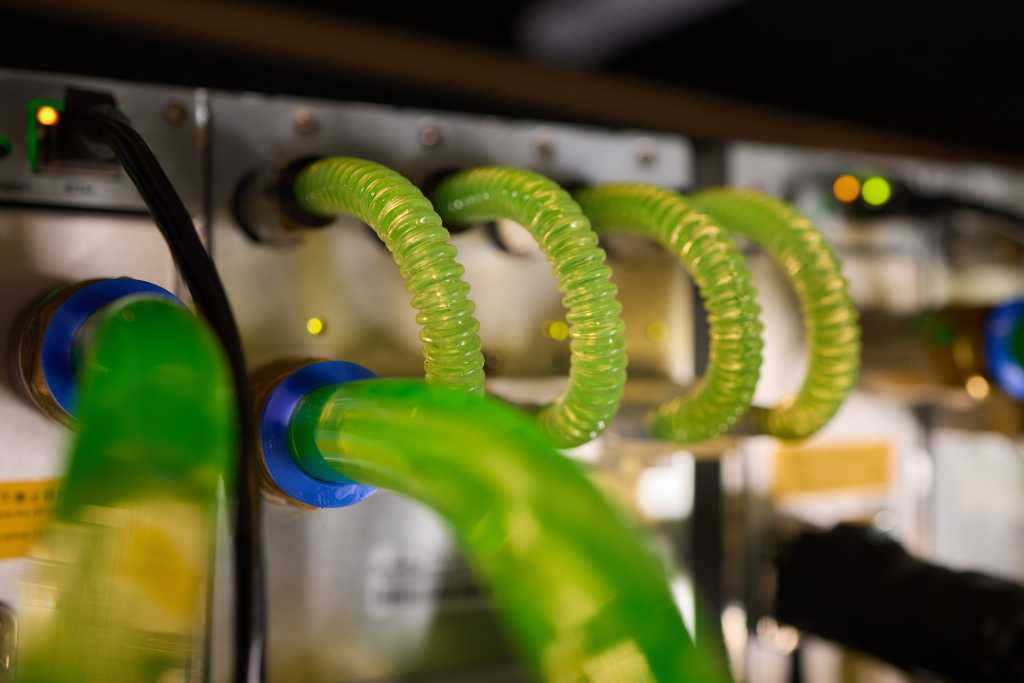Expanded use of energy efficiency and demand response could help lower Texas power bills while also boosting grid reliability, according to a May 6 paper from Aurora Energy Research.
Electrification, data centers and industrial growth are driving energy demand higher across the U.S., and the trend is particularly evident in Texas. In April, the Electric Reliability Council of Texas published a load forecast that predicted nearly 60 GW of new peak summer demand by 2031. Electricity supplied by the grid is expected to rise from 486 TWh this year to 1,038 TWh in 2031.

“Texas’s economic momentum is driving a sharp rise in electricity demand, creating both a challenge and an opportunity,” Olivier Beaufils, head of USA Central for Aurora, said in a statement.
“For the average Texas household, converting to a heat pump instead of resistance heat can decrease the yearly cost of electricity by $424, approximately 45%,” the Aurora report found. “Increased demand response participation can save industrial consumers $1.9M/yr and residential consumers $225 per year.”
If 7.7 GW of demand side response capacity, including both residential and industrial consumers, is added to the ERCOT system by 2040, it would reduce the need for new gas-fired generation by 1 GW, the report said. Texas has been trying to build more gas plants through a state backed loan program, but the Texas Energy Fund has seen 35% of its proposed dispatchable capacity canceled or withdrawn amid escalating project costs and supply chain challenges.
“Energy efficiency and demand response programs provide critical additional levers for Texas to keep pace with the demand while cutting costs for consumers and strengthening the reliability of the grid,” Beaufils said.



















